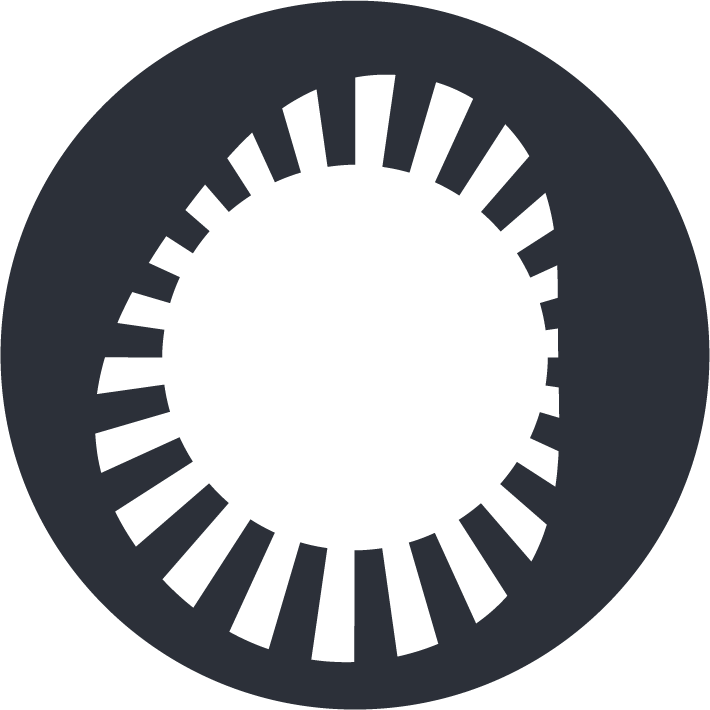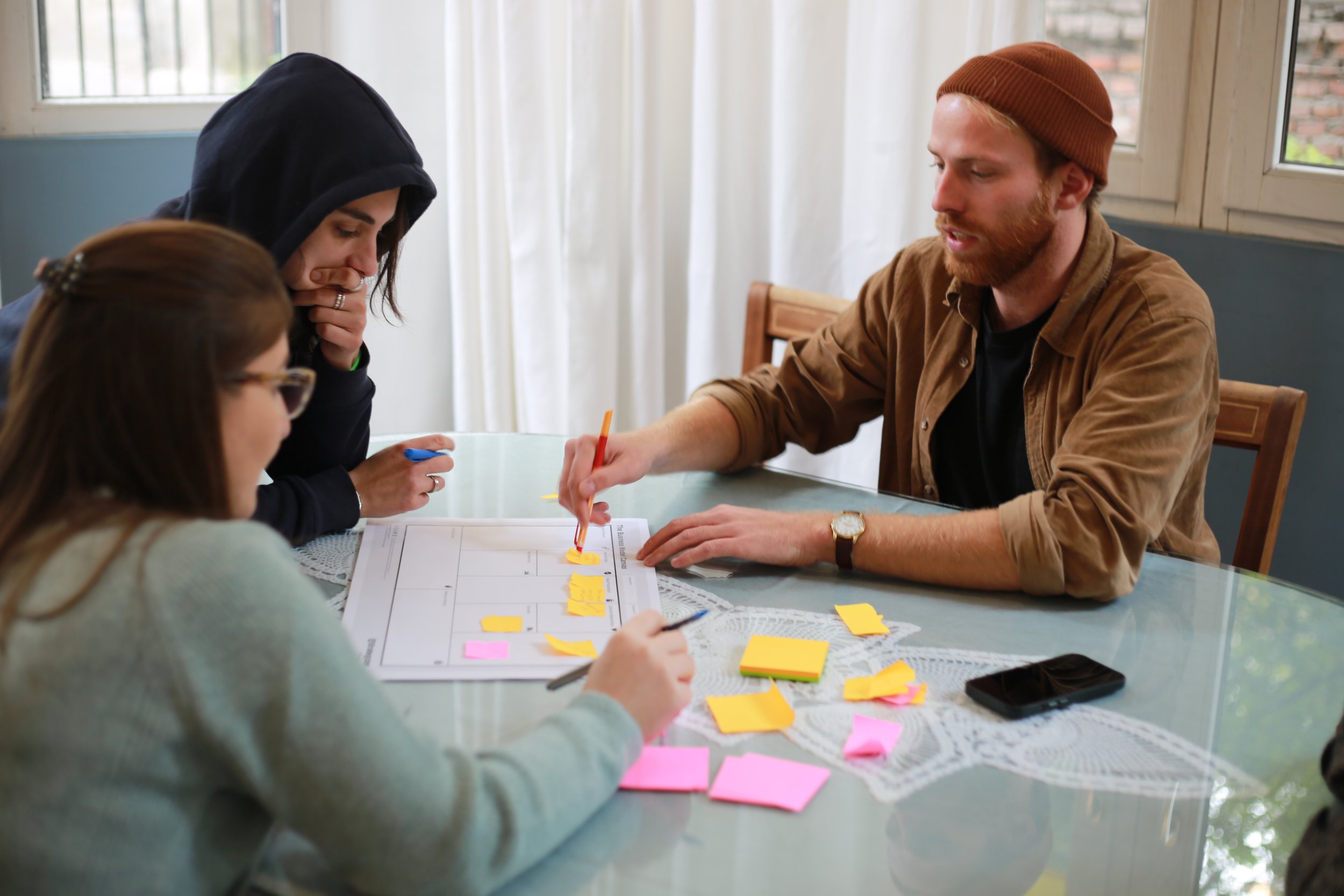Behind The Scenes — Focus on Mentorship
Following on from our last post, which zoomed-in on the design sprint methodology, we take you once again “behind the scenes” of our project. This time, we take a closer look at mentorship — a key step in the development and consolidation of the media hubs The Circle is building across Europe.
The 2-week design sprints on-the-ground — aimed at engaging local voices and designing a new hub with a unique and collaborative approach — are just the beginning of a process that sees local teams work closely with The Circle partners to refine and test out their idea.
In the mentorship phase, lasting approximately three months, each hub has a dedicated mentor who gives advice, answers questions and doubts, and guides members through the process of making their project a reality. This includes holding regular calls and meetings, organising workshops and inspirational talks, connecting hubs and keeping alive the experimental spirit built up during the design sprint. The idea is to develop "an adaptable approach that maintains teamwork and a sense of purpose," says n-host's Lara Rindt, mentor to the Tbilisi and Vilnius hubs.
Tbilisi team members work on the Business Model Canvas.
From practical matters such as the distribution of roles among team members, to agreeing on the project’s goals and timeframe, mentorship is designed to provide local teams with the tools they need to implement their idea. "It is a matter of maintaining the dynamic atmosphere developed during the design sprint and guiding the group in the realisation of their project," explains Arty Farty’s Manon Moulin, who is mentoring the Lyon hub. It’s important that there’s continuity between the design sprint and the mentorship stages. As Lara points out, "it can be demanding to maintain the same level of motivation and enjoyment when participants return to their everyday work routines, as the project progresses alongside various other commitments."
Understanding and empathising with the target audience is key to design thinking, an approach that develops projects centred on the communities they serve. As such, the organisation of a public event or presentation to partners outside The Circle’s immediate network is often a goal for mentors. "Getting their idea out there makes it real and marks an important milestone for the teams," Manon continues. It’s an opportunity to connect with and learn from the audience. This helps the teams bring the needs of the local ecosystem into sharper focus as well as begin to raise additional funding.
Zahra Salah Uddin talks about cross-border collaboration in Vilnius.
Ultimately, financial sustainability is key to the long term impact of the projects. As Hostwriter’s Zahra Salah Uddin explains, this is all the more important considering that “the media sphere in general is really lacking in funds for journalism projects around the world.” Zahra, who mentored the Porto hub earlier this year, adds that providing advice and support on the search for funding opportunities was an important part of her work with the team.
As Zahra points out, mentoring is not just a one-way street. It’s not just a matter of “mentors mentoring,” as mentors themselves learn a lot from each hub, their members, their country, and their local media contexts. Lara concludes perfectly: "Unlike many other initiatives where participants and coordinators lose touch quickly, The Circle's emphasis on experimentation, a supportive environment that embraces mistakes, and long-term networking makes it unique."
This post was adapted from The Circle’s July newsletter. To stay up to date and receive highlights and opportunities from The Circle’s network straight in your inbox, sign up for our monthly newsletter here.



